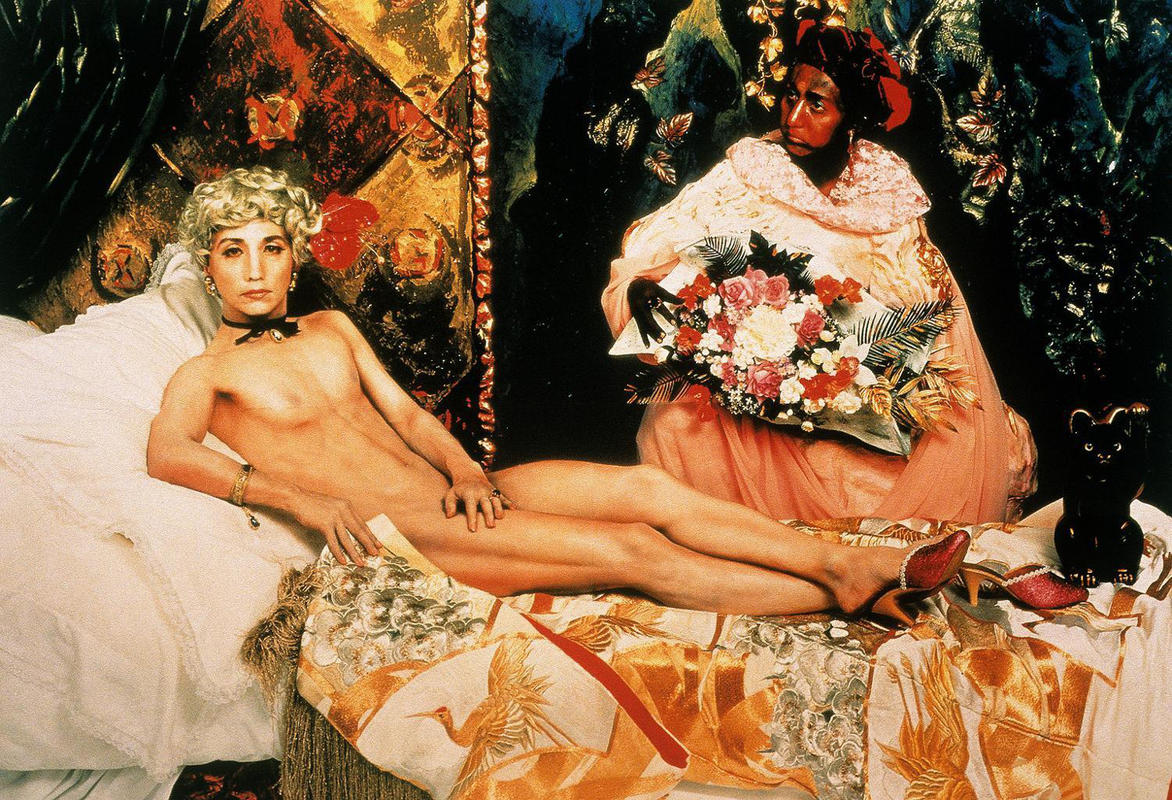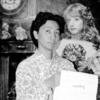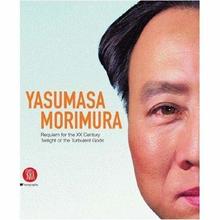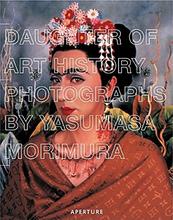More about Portrait (Fugato)
- All
- Info
- Shop

Sr. Editor
Yasumasa Morimura makes a living appropriating famous paintings and making himself the star.
In this ode to Édouard Manet, Morimura puts on his best Princess Di wig and strips down to his skivvies to imitate the infamous painting Olympia. “Futago”, from the title, is the Japanese word for twin. Not to be confused, as I did, with “fugato,” a musical term that means in the style of a fugue, but not in a strict or complete form...which strangely enough is a great way to describe his homage. It’s the strategic changes he makes to the form that bust the whole thing wide open.
As a Japanese artist, Morimura is literally inserting himself into the Western canon of art history, which, like most of Western culture, could be accused of excluding other points of view. Why do you think all the most famous artists are old white guys? The system is rigged, I tell you! And Olympia is considered the painting that ushered in the age of modernism, when artists finally stopped painting boring religious pictures and started showing us real life, sexy prostitutes and all. So by recreating the image with his heavily made-up visage in place of hers, Morimura is staking claim to some of Manet’s perhaps overstated influence. Even the iconic black cat’s been replaced by a “Maneki-neko” figurine, the cute waving cat that symbolizes good luck in Japan.
Plus, his fab genderbending puts a much needed dose of counterculture into a revered painting that’s literally based on men lusting after, and even soliciting sex, from women. He’s rewriting history, really. Showing us that there’s a plurality of persepectives beyond the straight, white European ones that crowd the books. And if all that wasn’t enough to stick it to the man, Morimura has clearly outclassed Olympia with his Marilyn wig, snazzy interior decorating and killer pink house slippers. Sorry hun!













